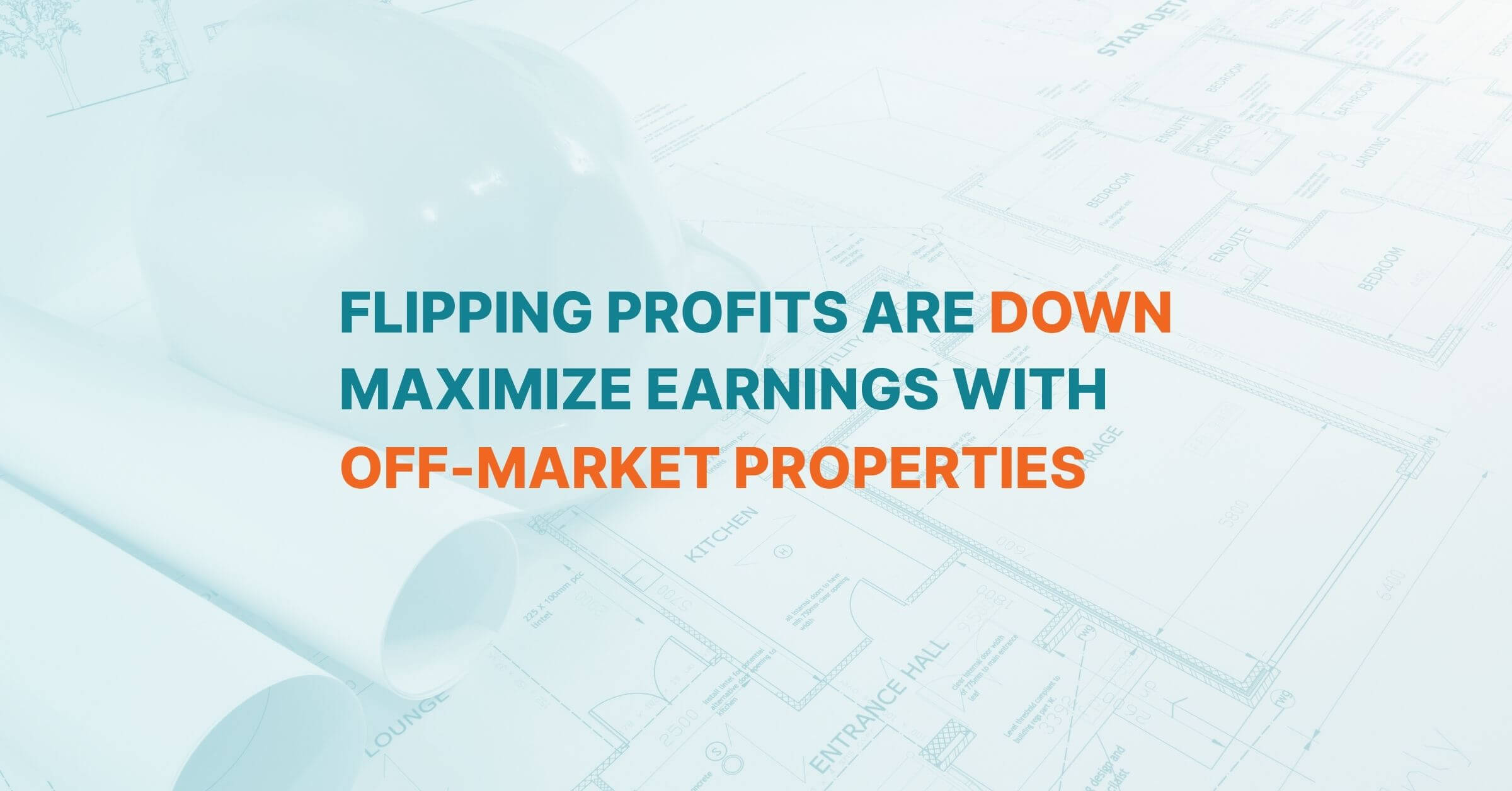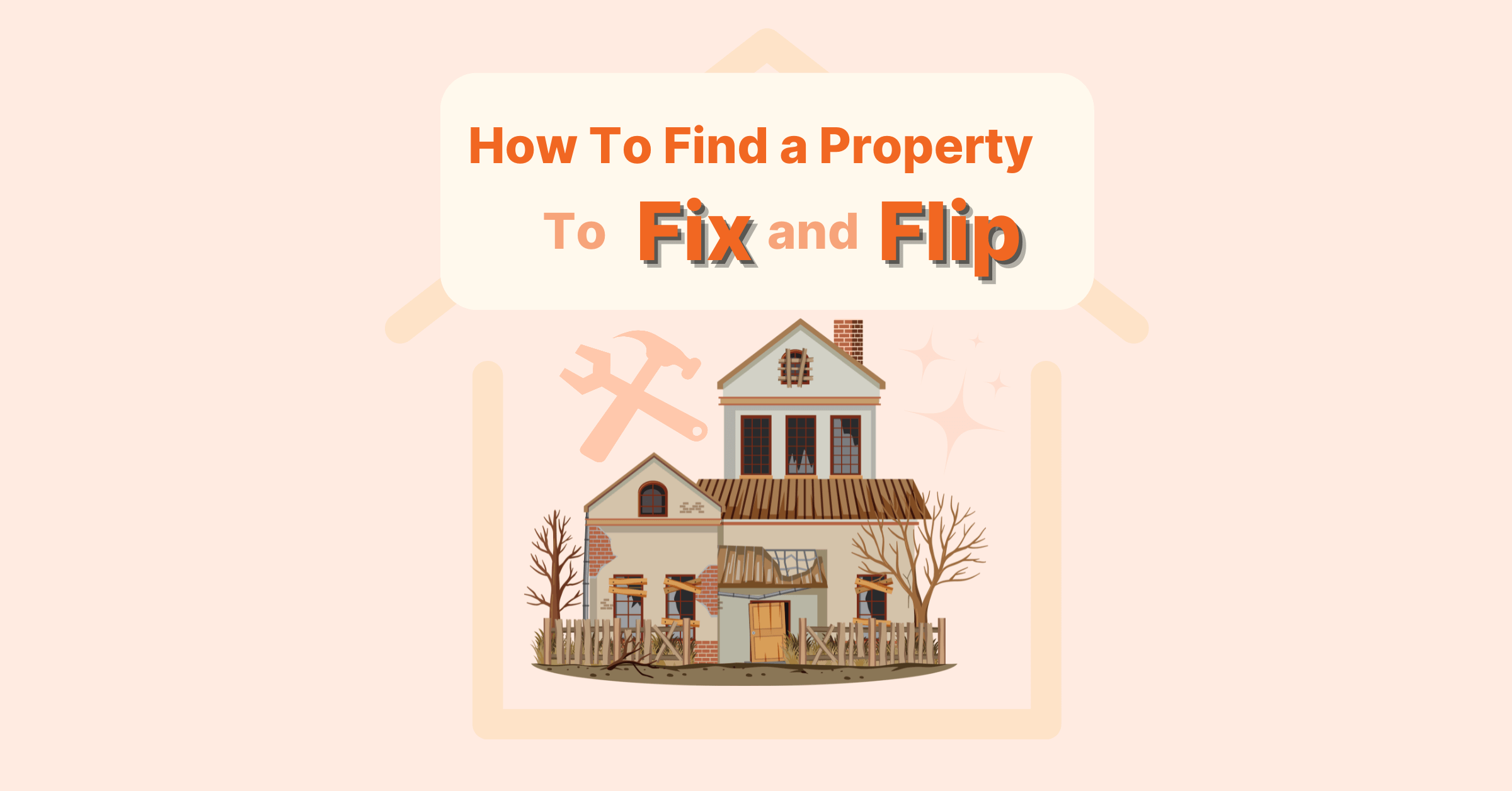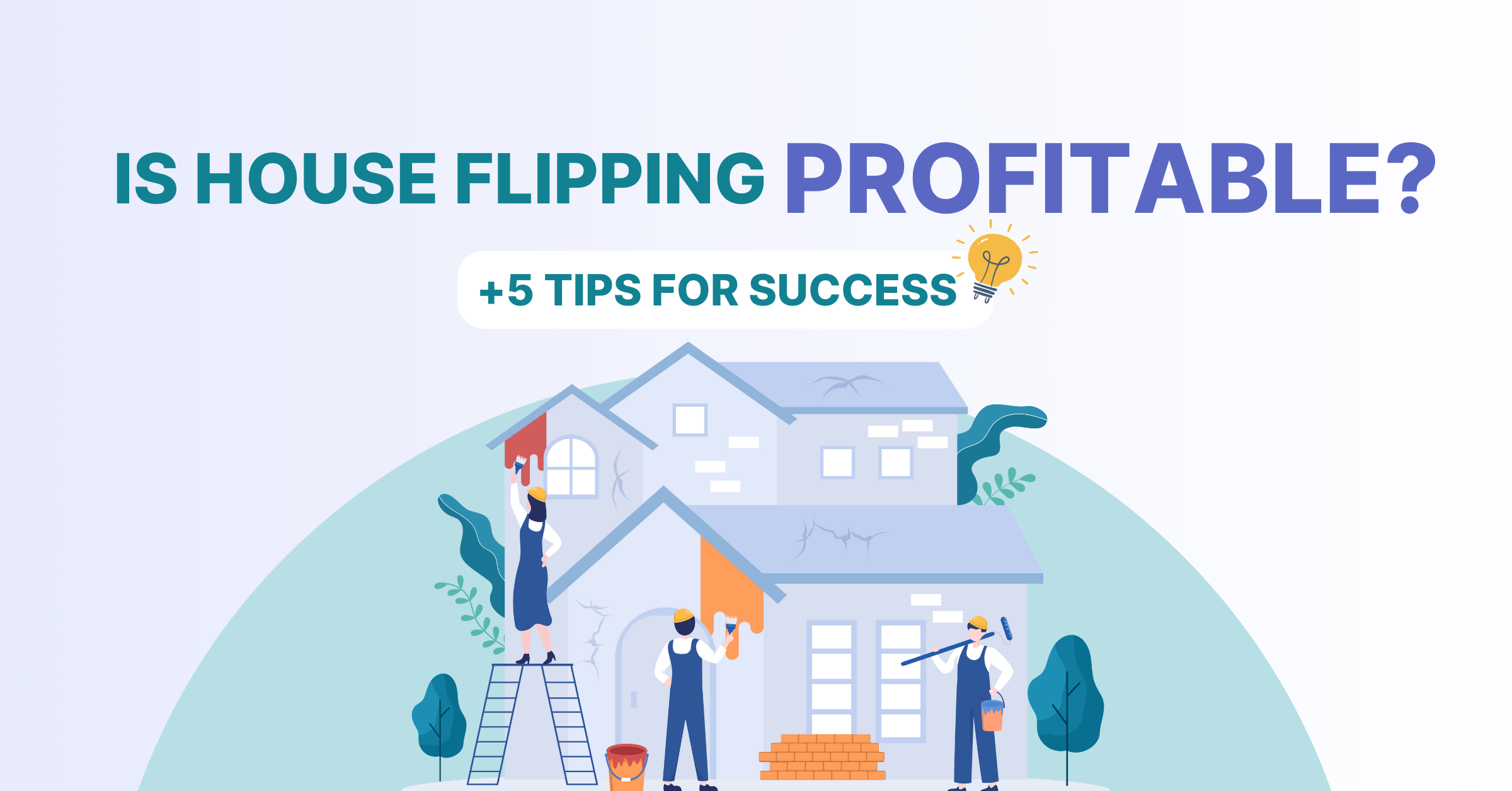Flipping houses often seems like a good idea until you get started. Once you start working on a property, the costs can quickly escalate and erode whatever profit margin you thought you were getting.
Sound familiar?
Yeah. It happens to a lot of well-intentioned, often handy, individuals who spot a good deal on a house and jump in head first — but it doesn’t have to. It is possible to flip houses without losing your shirt. You just need to go in well-prepared.
Why Do Investors Lose Money Flipping Houses?
The first thing you need to understand is that flipping houses is a high-cost venture. The cost of the home or property is only the beginning. You must factor in closing costs, fees, borrowing costs, and any improvement costs that may incur. From painting the walls and adding some curb appeal to fixing the roof or upgrading the electricity, there is always something that will cost you cash and time. You may even need to hire a contractor or other professional to handle these things for you.
There are other costs, too. You have to heat the house, insure, and maintain the house while you wait for it to sell. The house won't market itself either. Hiring an agent can help, but that does not come free. Once you sell the house, you may incur transfer fees and closing costs. Everything adds up. In the end, you may be able to post a $30,000 profit, but that’s not a very good rate of return if you had to put up $600,000 to get there. Don’t forget Uncle Sam. You should expect to pay 20-40% of your house flipping profits as taxes.
Knowing How Much Is Too Much
One of the biggest questions would-be investors ask is how much is too much to invest. The short answer is you should never spend more than you can afford to lose. You should also never invest more than you can reasonably get for the property based on comparable sales in the area.
You may come across foreclosures that cost $40,000 and will get you $400,000 when you sell, but that doesn’t happen often. Real estate is an investment. With so many people buying and selling, home prices tend to be efficient, meaning that you shouldn’t expect to retire on one house flip. If you're expecting to make it big quick, then you may want to try a different career.
The 70% Rule provides a great benchmark for testing your investment. This standard says that you should never spend more than 70% of the after-repair value (ARV) of a property, minus the cost of repairs. This means that if you can sell a house for $100,000 and you expect to spend $20,000 on repairs, you can spend up to $50,000 on the home (here is a calculator to try it for yourself).
While the 70% Rule is a good standard, keep in mind that a 30% return may not be enough. If you have to hold the property for longer than expected, the repair cost is greater than the estimate, or the house sells for less than you estimated, you could make less than you projected.
When to Sell, When to Buy & Hold
To be successful at house flipping, you need to know when to buy, when to sell, and when to hold on to your investment. More than 20% of house flipping transactions don’t produce a 10% profit, and another 8% of flips sell for less than they cost. In many cases, the investor could have gotten a tenant and made income on the property. Plus, the revenue generated on rental properties is generally taxed at a lower rate than the profits from the sale of a property and can be deferred or negated in certain circumstances.
Get Equipped to Flip
It is possible to make serious money flipping houses, but it also takes work. Make sure you have enough money to fund your venture and the time to make the most of your investment. Also, have or develop the skills to analyze the market, assess the condition of the property, and make the repairs. Or be prepared to hire skilled people to do the heavy lifting.
You'll want to enlist the help of software like PropStream. Our software lets you create lists of prospective properties that fit your investment goals and analyze data on comparable home sales. This information can help you avoid some of the common house flipping pitfalls and give you the best chance of being profitable.



